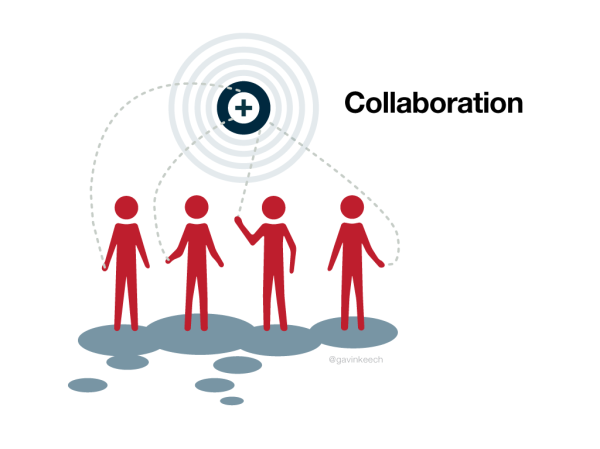The thought of Independence Day brings to mind the current economic environment as well as personal family challenges for me. Many of us go through our lives, day to day, thinking that our only recourse is to put our heads down, one foot in front of the other, and persevere. It is easy to fall into this rut and believe it is the proper course, the only way to go, and all we have to hope for in the future.
I say NO. “Action is the active ingredient that transforms goals into reality!” Let us never forget that we can always improve the situation in which we live, make a better life for ourselves and the ones we love, and effect/fight for change even when the odds are against such change. Being courageous enough to act on your goals/desires/needs to make a better life, better widget, better business and/or better world, is the first and most crucial step in making your goals into reality.
I experience this realty each and every day in business and personally. I am 52 years old, have had big wins and big losses in business, and know that the game is far from over. There is huge opportunity presenting itself today in this new social media world and I am determined to not let it pass me by and finish with that desperately needed win. YOU CAN DO THE SAME.
In addition I face serious challenges in my personal life that many would walk away from, as I have been told over and over by those who would and many who have seen those who do; but I am determined to have a positive effect on the lives of my daughters and face those challenges head-to-head each and every day. Although this is exhausting mentally and physically, I do not bow in the face of the onslaught and odds that have been against me from the start.
Therefore in the face of all these financial and personal challenges we all face… I declare MY PERSONAL “Independence Day,” and you need to do the same!




